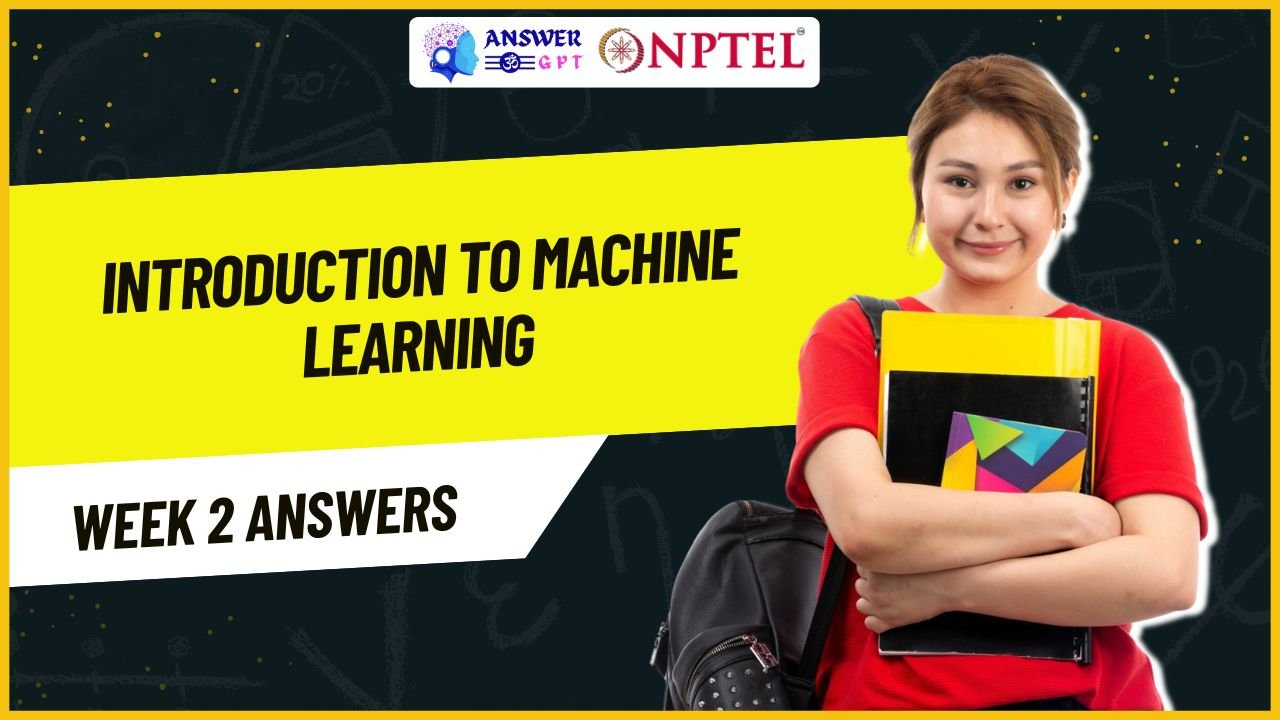Edge Computing Week 2 NPTEL Assignment Answers 2025
NPTEL Edge Computing Week 2 Assignment Answers 2024
1. What are the three major components that make up a virtualized environment?
- Guest Layer
- Virtualization Layer
- Host Layer
- Data Layer
Answer: a, b, c
Explanation:
The virtualized environment typically includes:
- Guest Layer: The virtual machines (VMs) that run applications.
- Virtualization Layer: The software (like a hypervisor) that separates hardware from the guest OS.
- Host Layer: The physical hardware and host OS.
Data Layer is not a standard component in virtualization.
2. In SDN, The control and data planes are _______, and the network controller is _________.
- coupled, decentralized
- decoupled, decentralized
- decoupled, centralized
- coupled, centralized
Answer: c
Explanation:
In Software Defined Networking (SDN), the control plane is decoupled from the data plane, and a centralized controller makes decisions and pushes rules to switches.
3. Select the mechanisms through which virtual machines can interact with physical hardware.
- System Calls
- Inter-process communication
- Interrupts
- Control Bus
Answer: a, c
Explanation:
- System Calls allow software (including VMs) to request services from the OS.
- Interrupts are signals sent to the processor to gain attention for I/O operations.
These two are standard ways VMs interact with underlying hardware.
4. Equivalence principle in VMM states that,
- VMM should be in complete control of virtualized resources
- guest should have same behavior when executed directly on the physical host and when it is running under control of VMM
- a statistically dominant fraction of the machine instructions should be executed without intervention from the VMM
- sensitive information should be hidden from guest
Answer: b
Explanation:
Equivalence means the behavior of the guest system should remain the same whether it’s running on the real hardware or under the Virtual Machine Monitor (VMM), making virtualization seamless and transparent.
5. In the context of managed execution in virtualized environments, _______ refers to running multiple guests on the same host without the guests interfering with each other.
- Sharing
- Aggregation
- Emulation
- Isolation
Answer: d
Explanation:
Isolation ensures that each virtual machine operates independently, so even if one VM crashes or is compromised, others remain unaffected.
6. In execution virtualization, ______ separates the OS layer from application and libraries.
- Application Programming Interface
- Instruction Set Architecture
- Execution Environment
- Application Binary Interface
Answer: d
Explanation:
The Application Binary Interface (ABI) defines how applications interact with the OS, ensuring compatibility at the binary level. It acts as a boundary between applications/libraries and the OS.
7. Security rings are designed to,
- protect the system from malicious interference by user-level programs
- protect the system from physical damage
- provide encryption to system files
- protect user data residing on persistent storage
Answer: a
Explanation:
Security rings provide levels of privilege. Ring 0 (most privileged) is for kernel-level operations, and higher rings (like Ring 3) are for user-level applications. This protects the core system from user-level interference.
8. ________ is a popular containerization platform.
- Microsoft Hyper-V
- Docker
- OpenFlow
- Intel VT
Answer: b
Explanation:
Docker is the most widely-used container platform. It allows packaging applications with their dependencies into containers, making them portable and efficient.
9. A Type-I hypervisor runs on top of the host operating system. The statement is,
- True
- False
Answer: b
Explanation:
False. A Type-I hypervisor runs directly on the hardware (bare metal), not on top of an OS. Type-II hypervisors run on top of a host OS.
10. What is a Dockerfile?
- a file in which data generated by docker containers can be stored
- a command-line interface to control docker volumes
- a running instance of a Docker image
- a script that contains instructions for building docker images
Answer: d
Explanation:
A Dockerfile is a script that contains all the commands needed to assemble a Docker image, such as installing dependencies, copying files, and setting up environments.

![[Week 1-8] NPTEL Edge Computing Assignment Answers 2025](https://answergpt.in/wp-content/uploads/2025/01/Edge-Computing-2025.jpg)

![[Week 1-8] NPTEL Edge Computing Assignment Answers 2024](https://answergpt.in/wp-content/uploads/2024/02/NPTEL-Edge-Computing-Assignment-Answers-2024.jpg)


